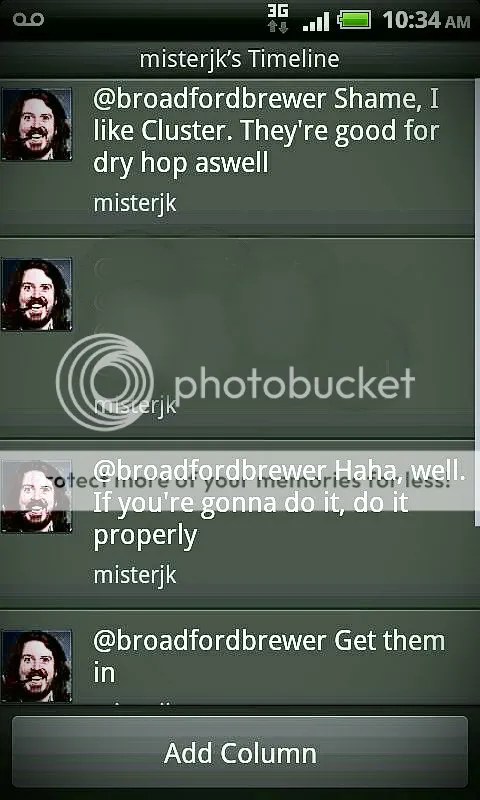
Image from http://www.beerliving.com/
This will be my brew for the upcoming Northern Craft Brewers event in April 2014. Alongside the bottle competition, there will be a full bar of homebrewed beer to explore, this being one them. I’ve brewed an American Brown Ale before, but this time I’m taking inspiration from one of the craft brewing pioneers – Pete Slosberg and his Wicked Ale (circa. 1986). Sadly this beer was discontinued in 2011*. More recently a Bear Republic / Fat Head’s and Stone Brewing Co. collaboration paid tribute to Pete’s Wicked Ale, when they brewed TBA, a 7.1% / 80 IBU “extra hoppy brown ale“. Sounds good to me!, however, as this will be on a packed bar, with fairly limited drinking time, and dispensed from cask, I have toned it down, and in doing so hopefully making it more akin to Pete’s beer. I can always brew it again at full volume, for bottle consumption.
Original Gravity (OG): 1.051
Final Gravity (FG): 1.011
Alcohol (ABV): 5.3%
Colour (EBC): 50
Bitterness (IBU): 45 (Average)
The Stone collab recipe calls for; Victory malt – substituted for biscuit malt; Toasted Wheat Malt – which I will sub in some home-tasted pale wheat malt; and molasses – which I will omit for this lower abv version. I think this wants to be a medium-bodied beer, so no point in overloading it, for the sake of “cloning” a recipe. I think it will be complex enough with the roasted malts.
Golden Promise Pale Malt
Biscuit Malt
Crystal Malt (120L)
Chocolate Malt
Pale Wheat Malt (toasted)
The hops in a Texas Brown Ale should be Cascade heavy, but taking direction from the Stone TBA, I’m going to layer it up with Columbus and Brewer’s Gold (leaf hops) and dose it with a Cascade dry hop (pellet). In comparison to the Stone beer, my target IBUs don’t look wayward enough, but I’m shooting for a BU:GU of 0.9, so should be plenty for the strength.
Columbus (bittering/late copper)
Brewer’s Gold (late copper)
Cascade (dry)
If I’m given enough encouragement, I may be persuaded to brew a 7.1% abv / 80 IBU version. Comments welcome, as ever.
Thanks for reading.
*Brookston Beer Bulletin – “Gambrinus Discontinues Pete’s Wicked Ale“




